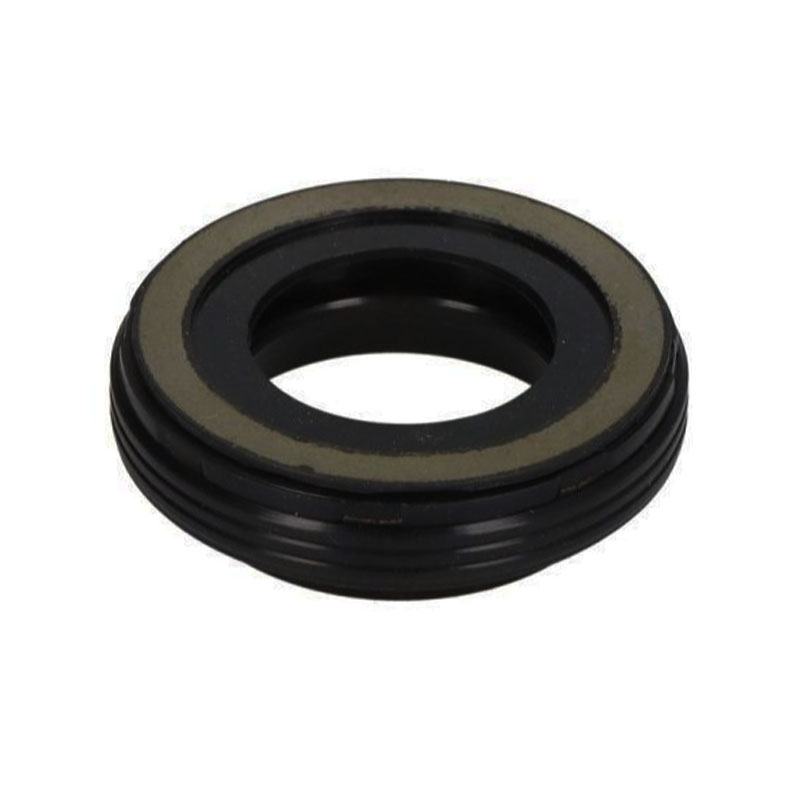oil seal 50 * 72 * 10
Understanding Oil Seals The 50 * 72 * 10 Specification
In various mechanical applications, the efficiency and longevity of equipment largely depend on the integrity of its components. One such essential component is the oil seal, which plays a critical role in preventing leaks and maintaining optimal performance. This article delves into the specifics of a particular oil seal dimension 50 * 72 * 10 mm, exploring its construction, applications, and importance in machinery.
What is an Oil Seal?
An oil seal, also known as a radial seal or rotary seal, is a mechanical component used to seal rotating shafts. Its primary function is to keep lubricants in and contaminants out of critical areas of machinery, such as bearings and engines. This sealing action is crucial for preventing oil leaks, which can lead to equipment failure, increased wear, and potential environmental issues.
Understanding the Dimensions 50 * 72 * 10 mm
The dimensions of an oil seal are expressed in terms of diameter and thickness. In the case of a 50 * 72 * 10 mm oil seal, the first number (50 mm) represents the nominal shaft diameter that the seal will fit around, the second number (72 mm) indicates the outer diameter of the seal, and the third number (10 mm) refers to the thickness of the seal material. These measurements are critical for ensuring a proper fit within the housing of the machinery.
Materials and Design
Oil seals are typically made from elastomeric materials such as rubber or synthetic compounds to provide flexibility and durability. The choice of material is influenced by factors such as the type of lubricant employed, the temperature range of operation, and the specific application. Advanced oil seals may also incorporate additional design features like garter springs to enhance their sealing ability and extend service life.
Applications
oil seal 50 * 72 * 10

The 50 * 72 * 10 oil seal is utilized in various applications, predominately in automotive and industrial machinery. These include
1. Automotive Applications Oil seals are crucial in engines, transmission systems, and differential housings. They are responsible for preventing oil leaks that could lead to engine damage and performance loss.
2. Industrial Machinery Many types of industrial equipment, such as pumps and motors, rely on oil seals to maintain lubrication and prevent contamination from dust and debris.
3. Agricultural Equipment Oil seals are widely used in tractors and other farming machinery, where they protect vital components from harsh operating conditions.
Importance of Proper Installation
The performance of an oil seal is heavily dependent on proper installation. An incorrectly fitted seal can lead to premature failure, causing leaks and operational issues. It is essential to follow manufacturer guidelines regarding installation torque and alignment to ensure optimal performance.
Conclusion
The 50 * 72 * 10 mm oil seal is a small yet vital component in the machinery that significantly impacts operational efficiency and equipment longevity. Understanding its specifications, construction materials, applications, and installation requirements can help users maintain their equipment effectively. By ensuring proper sealing, businesses can minimize downtime, reduce maintenance costs, and promote sustainable operations in their machinery. As industries continue to evolve, oil seals will remain an integral part of mechanical engineering, reflecting the importance of these small but mighty components in the larger picture of machinery performance.
-
Seal 12x20x5: Precision Radial Shaft Seals for Industrial Reliability
News Nov.24,2025
-
Seal 12x18x5: Essential Guide to Specifications, Applications & Vendors
News Nov.24,2025
-
Understanding Seal 12 20 5: Applications, Specifications & Industry Insights
News Nov.23,2025
-
Durable Oil Seal 85x110x12 – Reliable Sealing Solutions for Industry
News Nov.23,2025
-
Durable and Precise Oil Seal 75x95x10 for Efficient Machinery | YJM Seal
News Nov.22,2025
-
Durable Oil Seal 75x100x10 for Reliable Industrial Performance | YJM Seal
News Nov.22,2025
-
High-Quality Oil Seal 65x90x10 | Durable & Reliable Sealing Solutions
News Nov.22,2025
Products categories















